In the universe of comic books and superheroes, two names stand above the rest, etching their dynamics and aesthetics into the minds of countless fans: Marvel and DC. These two giants have built immersive worlds filled with iconic characters, groundbreaking storylines, and distinctive art styles that have not only shaped the comic industry but have made lasting impacts on popular culture as well. From their humble origins in the Golden Age of comics to their modern-day dominance in various media – movies, TV shows, and merchandise, Marvel and DC continue to entertain and educate their audience about themes of morality, justice, and heroism.
In This Article :
Origins of Marvel and DC
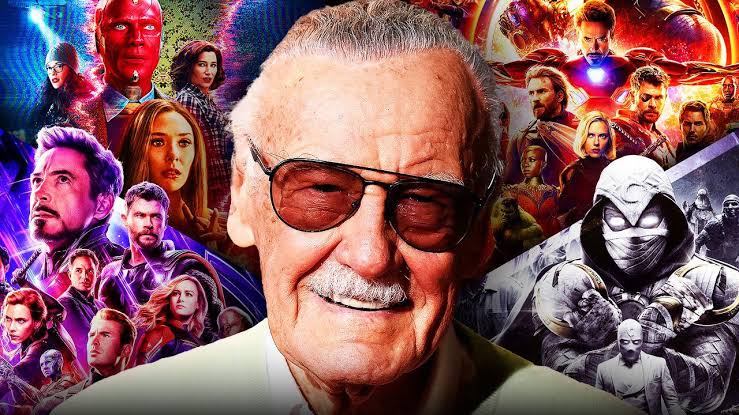
“Birth of Giants: Tracing the Origins of Marvel and DC Comics and their Influence on Comic Characterization and Storytelling”
In the realms of comic books, two names tower above all: Marvel and DC. These tycoons of the illustrated world have given us vibrant characters and compelling storylines that have fueled the imaginations of millions worldwide. But how, one wonders, did the superpowers of Marvel and DC come into being? And, more interestingly, how have their origins influenced their unique storytelling styles and character developments?
Marvel began as Timely Publications in 1939, a brainchild of publisher Martin Goodman. It was a humble establishment with books like “Marvel Comics #1” featuring the original Human Torch and Sub-Mariner. But it was during the Silver Age of the mid-1950s and 60s where Marvel, rebranded from Timely, truly rose as a comic powerhouse. Spearheaded by the creative minds of the marvelous Stan Lee, Jack Kirby, and Steve Ditko, this era gave birth to timeless icons such as Spider-Man, the X-Men, Iron Man, and the Avengers. It was during this period that the signature Marvel storytelling came into focus: realistic portrayals of characters with grounded storylines – an approach that continues to define Marvel down to present day.
Over the years, Marvel’s candid representations of their superheroes, dealing with everyday problems alongside their world-saving duties, have created a connection with readers. These choices undoubtedly harken back to their Silver Age dawn when their creators sought to combine the fantastical with the mundane, resulting in a unique blend that appealed to the audience’s sense of reality—while simultaneously challenging it.
DC Comics, on the other hand, got its start through Malcolm Wheeler-Nicholson’s National Allied Publications in 1934. It officially became DC only a decade later, deriving its name from an immensely popular series—Detective Comics, which introduced the world to Batman. A few years prior, DC had already made history with the creation of Superman, marking the advent of the Golden Age of comic books.
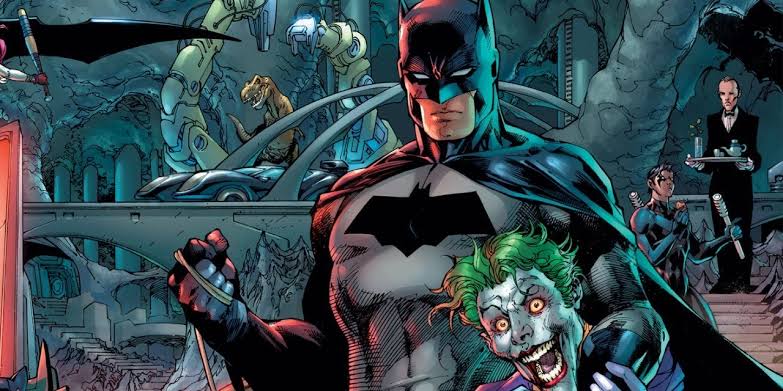
Early DC Comics focused on grand narratives involving alien beings (Superman) or wealthy vigilantes (Batman), often set in fictitious locations like Metropolis or Gotham. These stories were known for their sweeping, larger-than-life characterizations and plot lines, a stark contrast to Marvel’s grounded style. DC’s ethos can, therefore, be traced back to their original goal to provide readers with an escape from reality into a fantastical world where morality is clear-cut and heroes are god-like.
As Comics have evolved, both DC and Marvel have retained the influence of their early days in creating their distinctive styles. Marvel’s penchant for putting everyday people in extraordinary circumstances, and DC’s use of almost divine superheroes to explore moral and philosophical issues, both continue to engage fans even decades later.
The legacies of these titans in the field remain a testament to their roots, leaving indelible imprints on the hearts of superhero aficionados worldwide. Their origins are not just a history lesson, but a fascinating lens through which we can view and better understand the evolution of our beloved superheroes. From the inception of the first superhero to the modern pantheon of characters, this reality coalesces into a simple yet profound truth: comic books, like their heroes, are enduring, resilient, and ever-evolving!
Influential Characters and Their Storylines
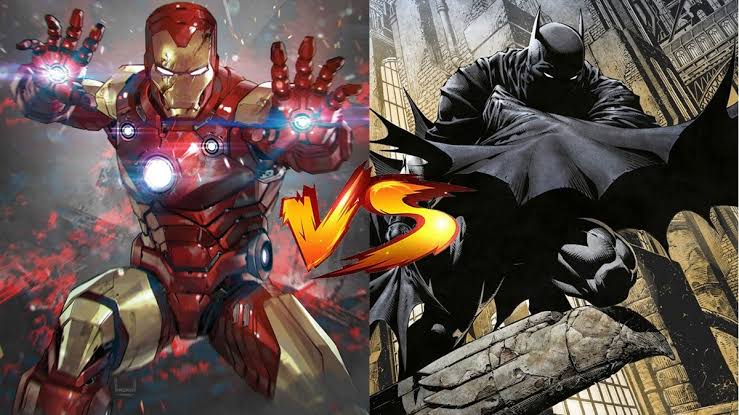
A significant element to note while dissecting the Marvel and DC universes are their monumental characters, the ones who define and shape their respective worlds. These characters, with their unique story arcs and fascinating evolution, don’t just add flavor; they bring out the distinctive facets and elements of their respective universes, thus distinguishing Marvel from DC.
In the Marvel Universe, for instance, one of the most influential characters has always been the complex, multifaceted Spider-Man. With a narrative immersed in realism, his story is a beautiful mix of superheroism and the uphill struggles of a typical teenager. This characterization, a blend of ordinary and extraordinary, reflects Marvel’s leaning towards grounded storytelling, where heroes have real-life hitches, and their stories often reflect social issues, treading the fine line between fantasy and reality.
Iron Man, or Tony Stark, as we know him, showcases another unique element of Marvel- flawed characters. Iron Man with his superior intellect, audacious charm, and ironclad suit also battles personal issues, mainly his ego. Once a wealthy arms manufacturer with little to no regard for the consequences of his actions, Stark’s transformation into a superhero on a redemption arc grounds him in reality, providing an interesting exploration of morality within the realm of Marvel.
In the DC universe, the most distinguished character is undoubtedly Superman, or Clark Kent. Born Kal-El on the planet Krypton, he was sent to Earth by his family and raised as Clark Kent by his adoptive parents. This alien turned superhero reflects the grandiosity of the DC Universe, where the story arcs and characters are not just bound by Earth. This contrasts with the regular human struggles found in Marvel and showcases a more fantastical world, replete with otherworldly heroes, gods, and peculiar realities.
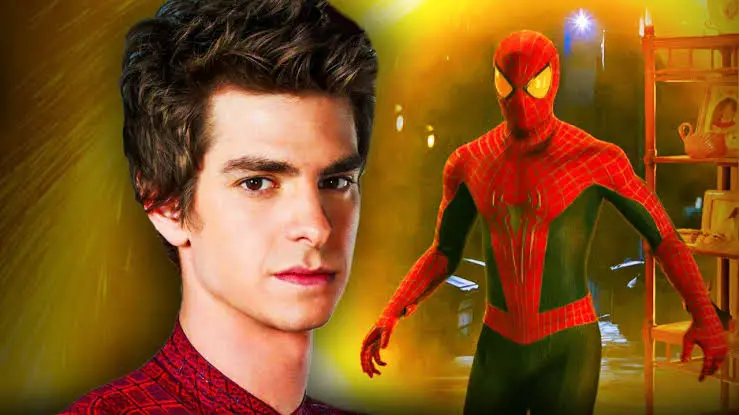
Another notable character from DC is Batman – a stark contrast to Superman but equally influential. Batman, also known as Bruce Wayne, is human with no superhuman capabilities. But with wealth, intellect, martial arts skills, obsessive determination, and a hard-earned knowledge of science and technology to his benefit, Batman proves to be a formidable force. His story arc, a grim tale of vengeance and justice emerging from a personal tragedy, paints DC’s murky, darker shades and its predilection for more complex and moralistic dilemmas.
The Joker, Batman’s famous arch-nemesis, is also worth mentioning for his crucial role in shaping the DC universe. Albeit a villain, the Joker’s chaotic nihilism, extraordinary intellect, and unnerving penchant for chaos provide an intense contrast against Batman’s somber seriousness, amplifying the unpredictability and moral complexity inherent in DC’s storytelling.
Thus, through the unique story arcs of their influential characters, Marvel and DC comics manage to sculpt their distinctive elements. Marvel’s penchant for grounded, reality-based storytelling finds expression in their characters’ struggles, while DC’s majestic and fantastical world comes alive through their otherworldly superheroes and moral quandaries. Intertwined with the characters, these elements have redefined the art of comic books and its place in pop culture, truly making Marvel and DC the parallel yet contrasting titans they are today.
Evolution of Art Styles in Marvel and DC
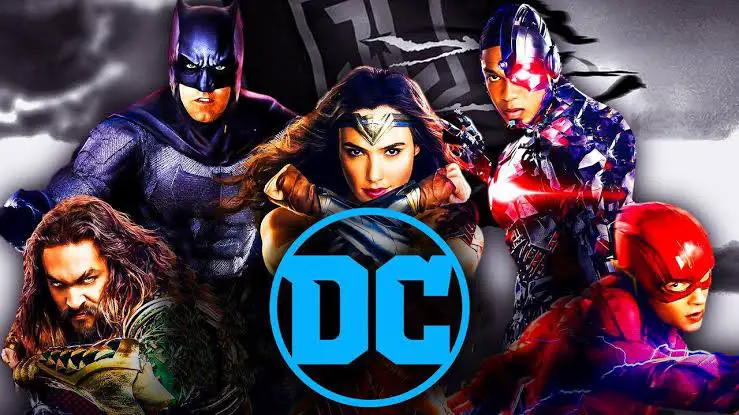
We’ve journeyed through the origins and evolution of these comic powerhouses, but what makes the Marvel Universe and DC Universe such distinct entities in the comic cosmos? In large part, it’s the unforgettable characters and the unique art styles utilized to tell their live-or-die tales. Here, we journey through the visual evolution and artistic impacts that have helped to shape these super universes.
Marvel’s Spider-Man, for instance, introduced a comic book style focusing on the troubles and challenges of realistic narratives. The depiction of Peter Parker’s awkward adolescence combined with everyday struggles, all magnified by his newfound powers, struck a deep chord in the hearts and minds of readers. The visual art reflected this, focusing on the realistic environment of New York City, and the character’s arduous task of navigating it.
Similarly, Tony Stark, better known as Iron Man, introduced readers to a deeply flawed and relatable character who uses his nous and technological grit to overcome his shortcomings. His redemption arc was depicted with a blend of engaging, action-packed illustrations, and profound, introspective moments that highlighted his extraordinary journey.
In the DC Universe, Superman’s artistic representation is grand, symbolizing his alien origins and his out-of-this-world powers. Illustrations flaunt vibrant colors, coupled with dynamic, sweeping lines that lend to the sense of vastness and wonder.
Batman, on the other hand, serves up in stark contrast to Superman. A man with no supernatural powers to boast of, his narrative is filled with dark, brooding art that mirrors his introspective, detective-like approach, and the grim realities of Gotham city.
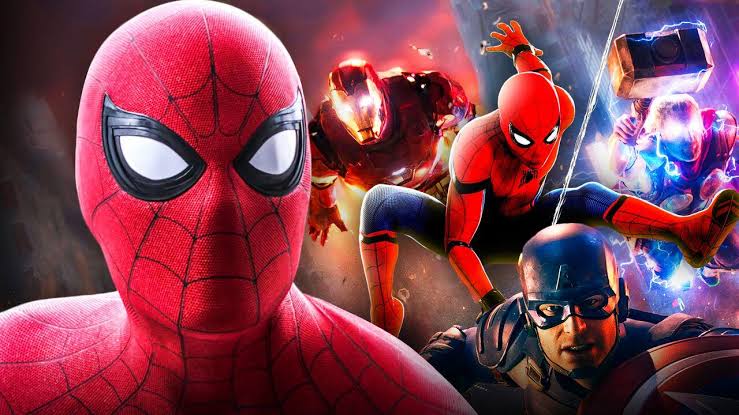
Then, there’s the infamous Joker, whose chaotic and unpredictable nature has been vital in shaping the visual narrative of the DC Universe. The art associated with the Joker has often been jarring and unsettling, mirroring the villain’s complex psyche.
Furthermore, Marvel’s grounded storytelling not only uses costumes and settings to replicate the real world but also implements these to explore social issues. Their art style evolved to incorporate realistic, almost gritty qualities that reflect the struggles and triumphs paralleled in the reader’s world.
In contrast, DC employs grand, fantastical forms, emphasizing the dichotomy of good vs evil and the often gray, confusing moral dilemmas faced by its characters. DC’s artwork often tends towards the abstract, lending an otherworldly feel to mirror the grandiose philosophical battles waged.
These iconic characters, each unique, have directly impacted their respective universes’ art styles and storytelling techniques. Every wrinkle of Spider-Man’s suit, every scar on Batman’s face, even the vibrant and intimidating colors of the Joker’s appearance, tell their tales, shaping our understanding and love for these narratives.
By evolving, challenging, and redefining traditional comic book art styles, Marvel and DC have secured their place and significance within pop culture. These narratives, as diverse and contrasting as they may be, resonate with generations of fans. As a result, the distinct identities of both the Marvel Universe and DC Universe continue to influence and shape the visual narrative of comic books and beyond. This evolution continues today, with new stories and visuals that push the boundaries of tradition and expectation.
Impact of Marvel and DC in Pop Culture
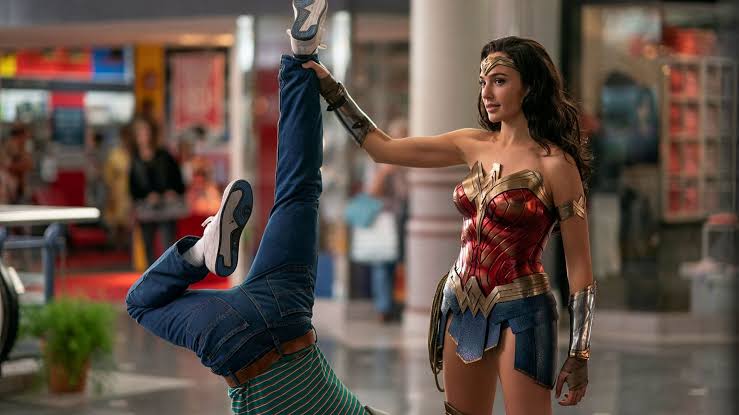
Taking a step beyond the pages of comic books, we can see how Marvel and DC have permeated popular culture in a big way. Their influence can be seen in a myriad of ways: from movies and television shows, to merchandise and even music!
First, let’s talk about film. Marvel and DC’s influence on the movie industry is undeniable. Every year, superhero movies dominate box offices around the globe. Though Superman (1978) and Batman (1989) rocked the big screen in the past, the cinematic universe that Marvel has created since Iron Man’s release in 2008 has revolutionized the way franchise films are produced. They gave life to lesser-known characters like Guardians of the Galaxy, stimulated appetites for crossover films, and popularized post-credit scenes. DC has also experienced recent cinematic success with movies like Wonder Woman (2017) and Joker (2019), exploring new territories of their universe and giving an R-rated touch to their movies.
Turn on any television (or streaming service, it’s the 21st century after all), and you’re likely to see a show inspired by Marvel or DC. Marvel’s Daredevil and Jessica Jones gave Netflix high viewership numbers, while DC’s Arrow and The Flash have run successful multi-season spans on the CW network. These shows have brought a serialized narrative style to screen – one that mirrors comic book storytelling. And let’s not forget animated classics like Batman: The Animated Series and X-Men, which entertained ’90s kids and opened new avenues for storytelling.
Merchandising has also played an extensive role in spreading the influence of Marvel and DC. Action figures, clothing, and accessories allow fans to bring a piece of the comic book world into everyday life. These supplementary items help fans identify with their favorite heroes or villains and provide a profitable industry for Marvel and DC.
Even music is not immune to the influence of these comic giants. Both DC and Marvel have released albums of music inspired by and used in their various media projects. For example, Black Panther: The Album, featuring songs from and inspired by the 2018 Marvel movie, topped charts across the world and even received an Academy Award nomination for Best Original Score.
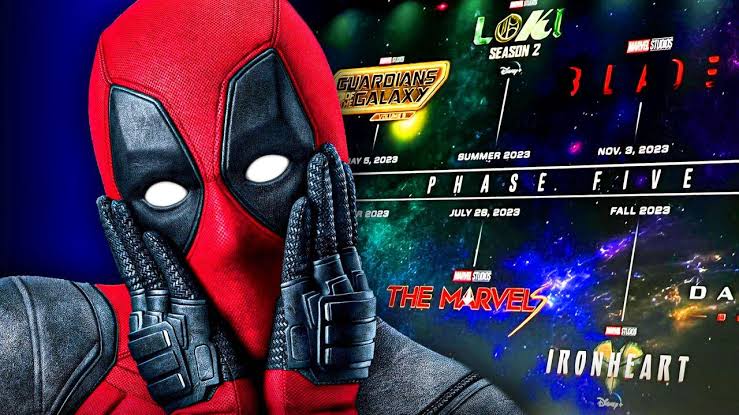
Beyond this, Marvel and DC have crucially shaped our perception of superheroes. Whereas past literature often depicted heroes as infallible figures, Marvel and DC’s characters possess human frailties and face realistic problems. Take Spider-Man, for instance. He is not just a superhero but also a student dealing with everyday issues—juggling school work, friendships, and family matters. Or consider Batman, a normal man with no superhuman abilities, driven by tragedy to fight crime. Such mold-breaking characterizations have created complex, believable superheroes.
Additionally, these universes have offered brave explorations of social issues: prejudice in X-Men, teenage angst in Spider-Man, addiction in Iron Man, and mental health in Batman. Through their powerful narratives and striking characters, Marvel and DC have reshaped our understanding of the superhero genre, adding depth and dimensions that resonate with all of us.
In conclusion, the influence of Marvel and DC is everywhere in our cultural landscape. Their expansion into media beyond comic books has made superheroes an irreplaceable part of pop culture. Moreover, their distinctive characterizations and storytelling approach have greatly influenced our idea of superheroes, making them beautifully flawed, relatable, and quintessentially human.
The influence of Marvel and DC extends far beyond the realm of comics. They have fundamentally altered our cultural landscape, embedding their narratives and heroes into the collective consciousness of human society. Their stories, characters, and artistic styles have evolved over the years, mirroring societal shifts and adjusting to changing tastes. Yet, their themes remain constant, championing ideals of justice, bravery, and altruism. In a world marked by uncertainties and complexities, the universes of Marvel and DC serve as a reminder that there’s a hero in every one of us, ready to rise against adversity.
For more cool Hollywood content, make sure to stick around the corner with the Movie World Network. Till that, Stay, Safe, Peace Out!

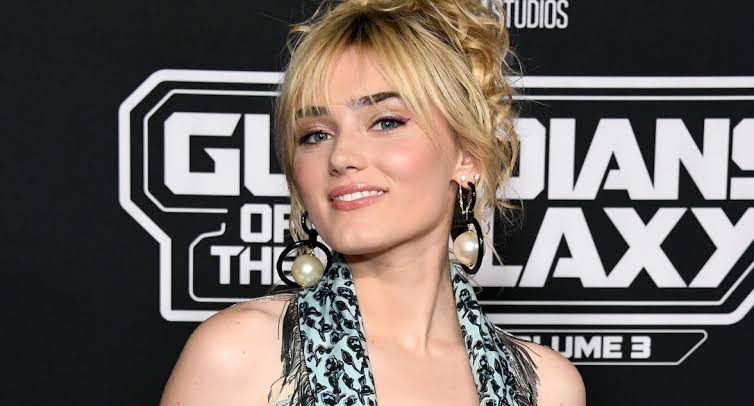
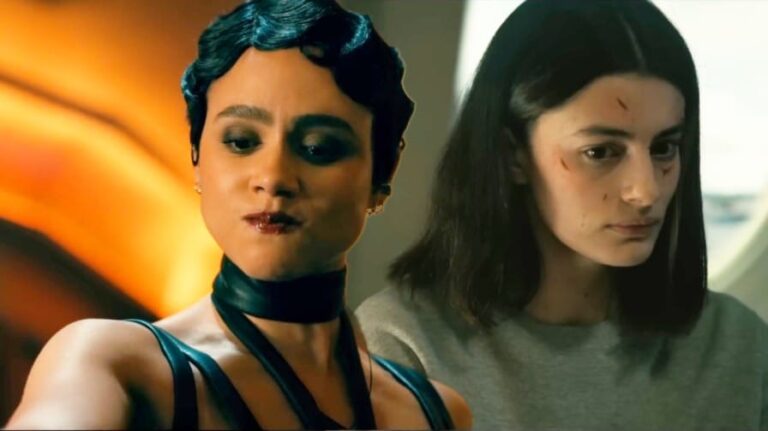
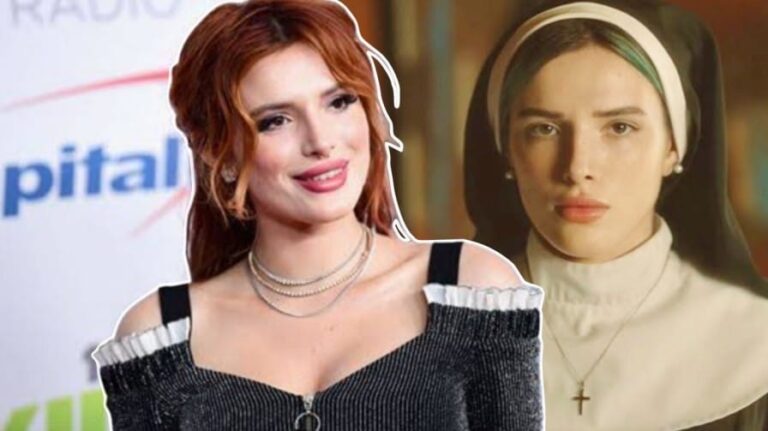
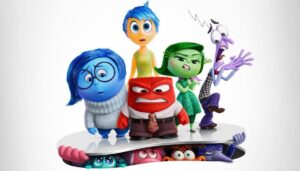
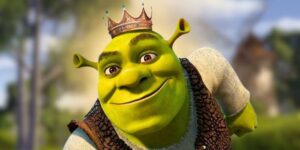

+ There are no comments
Add yours